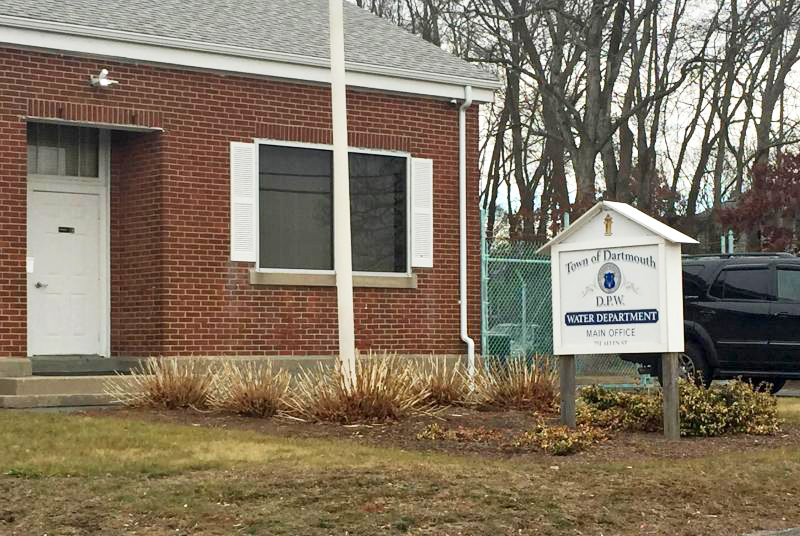Town looks to tackle ongoing water issues
Officials are hoping to bring major improvements to the town’s water treatment systems after the water main on Reed Road was found to have exceeded the state’s yearly levels for haloacetic acids — a byproduct of chlorine disinfection.
In their latest test, the department reported the average levels over the last 12 months to be at 64 parts per billion. The standard — a safety measure determined by the state — is 60 ppb.
Public Works Director Tim Barber said at a Jan. 10 Select Board meeting that the town’s Water and Sewer Division is already taking steps by regularly flushing the affected lines.
He also highlighted how the town switching its water treatment system from chlorine to chloramines has already brought the Reed Road site to 31 ppb for HAA5s in a recent individual reading— well below the state standard of 60 ppb.
“The sample came in pretty low,” he said.
Select Board member Stan Mickelson said while it’s great the town is taking immediate action, he’d prefer to see more long-term solutions.
“I know you can flush and all that, but that’s a Band-Aid,” he said.
Barber said other plans include installing clear wells — tanks used to store filtered water — at each of the town’s treatment facilities and designing filters to remove any potentially harmful bacteria.
According to the Massachusetts Department of Health, high levels of exposure to some of the chemicals in HAA5 have been known to cause adverse developmental and reproductive effects, including toxicity to the liver, kidneys, neurological and reproductive systems.
The department also plans to take the water tank located at Old Fall River Road offline. According to Steve Sullivan, the Superintendent of Water and Sewer, the main issue is “residence time” — the time that water spends in a particular place — due to the low volume of municipal water users on the Reed Road main.
On average, Sullivan said, the water sits in the Reed Road main for around four days. The department’s main on Chase Road, meanwhile, is typically cycled through every two hours.
“Because there’s not a lot of use, there’s not a lot of movement in that tank,” Barber said.
All plans will be budgeted for Town Meeting, which is scheduled for June 7.
“We’ll keep working to keep these levels well below the [maximum contaminant level] and keep our water safe to drink,” Barber said.












